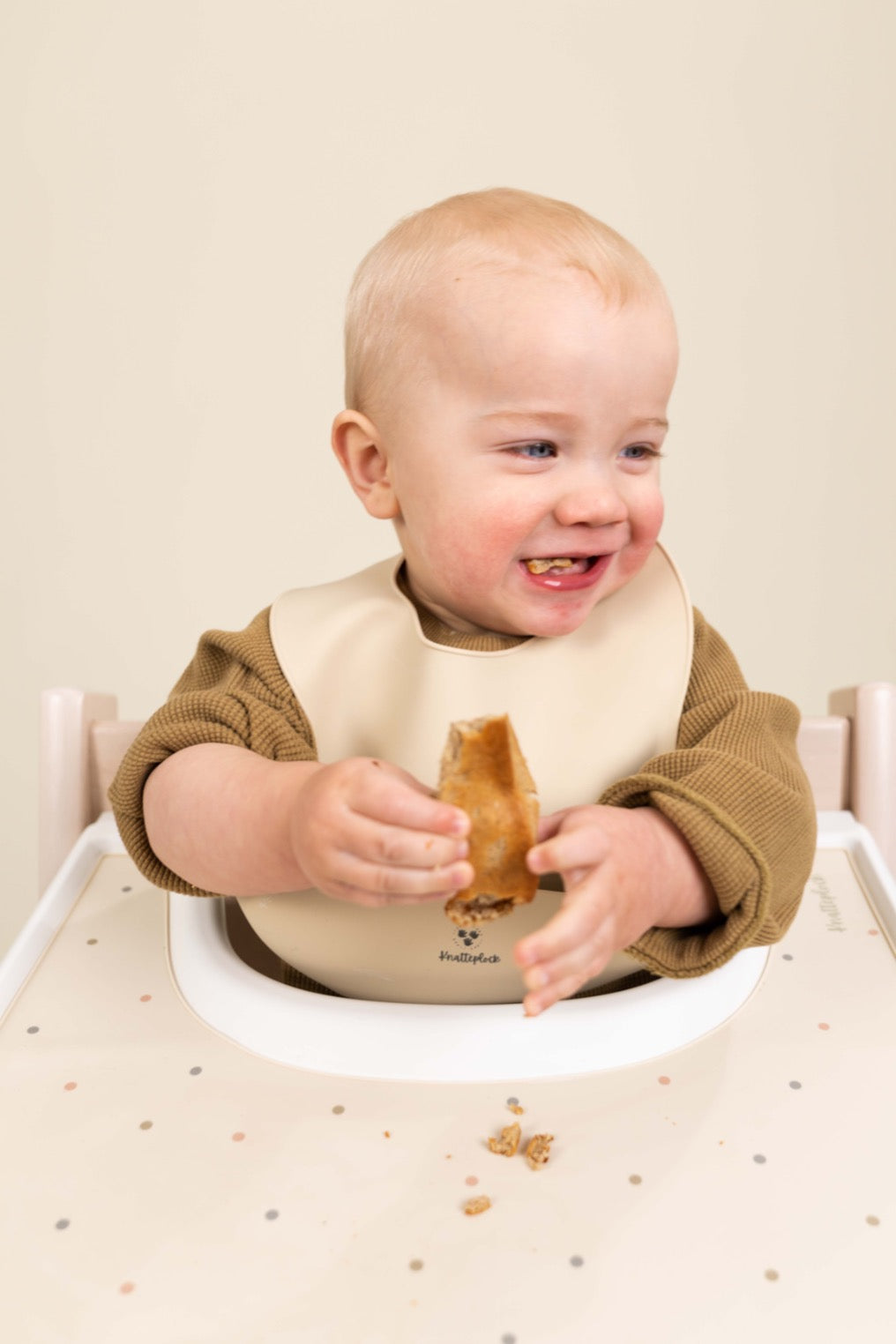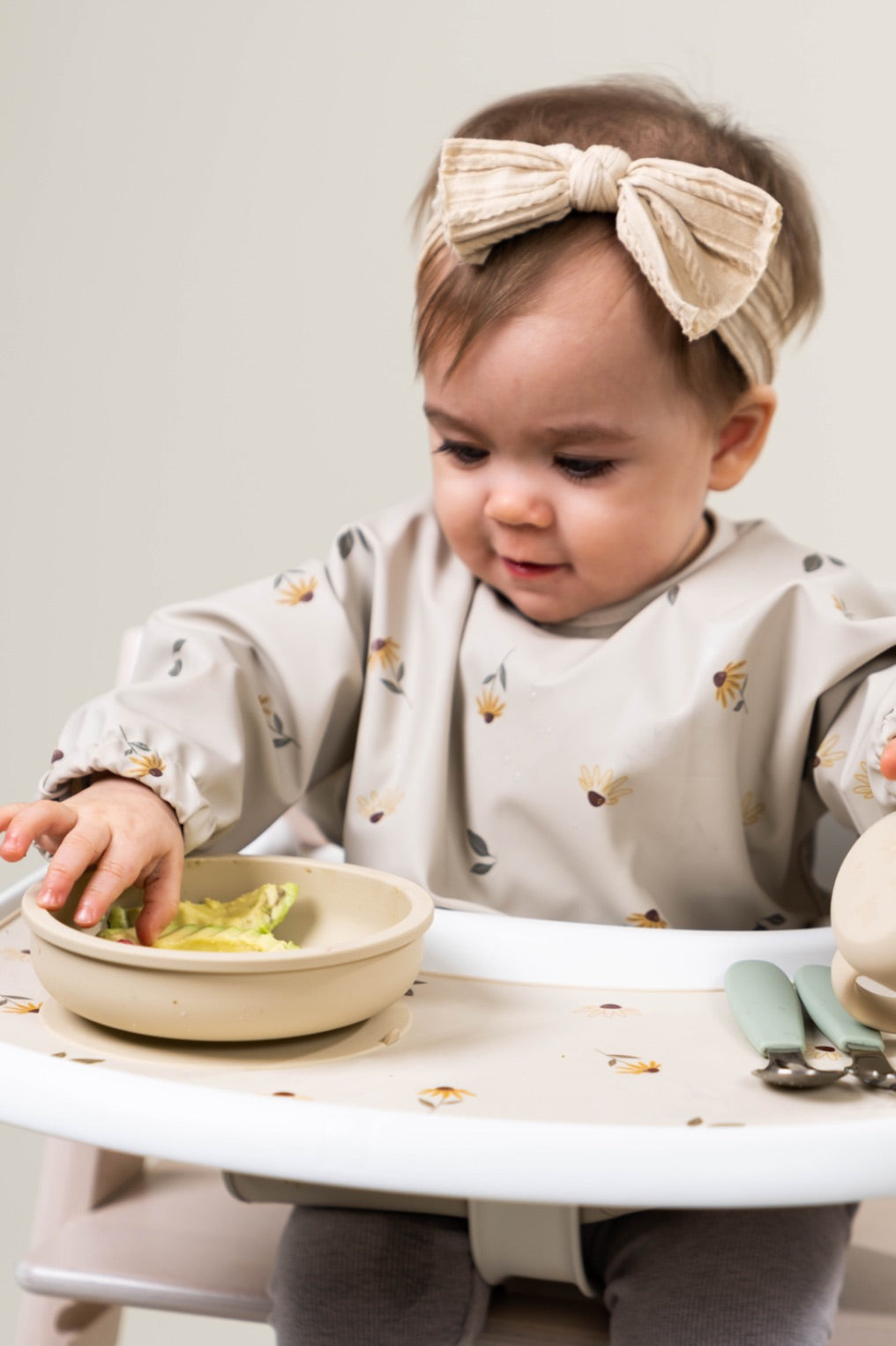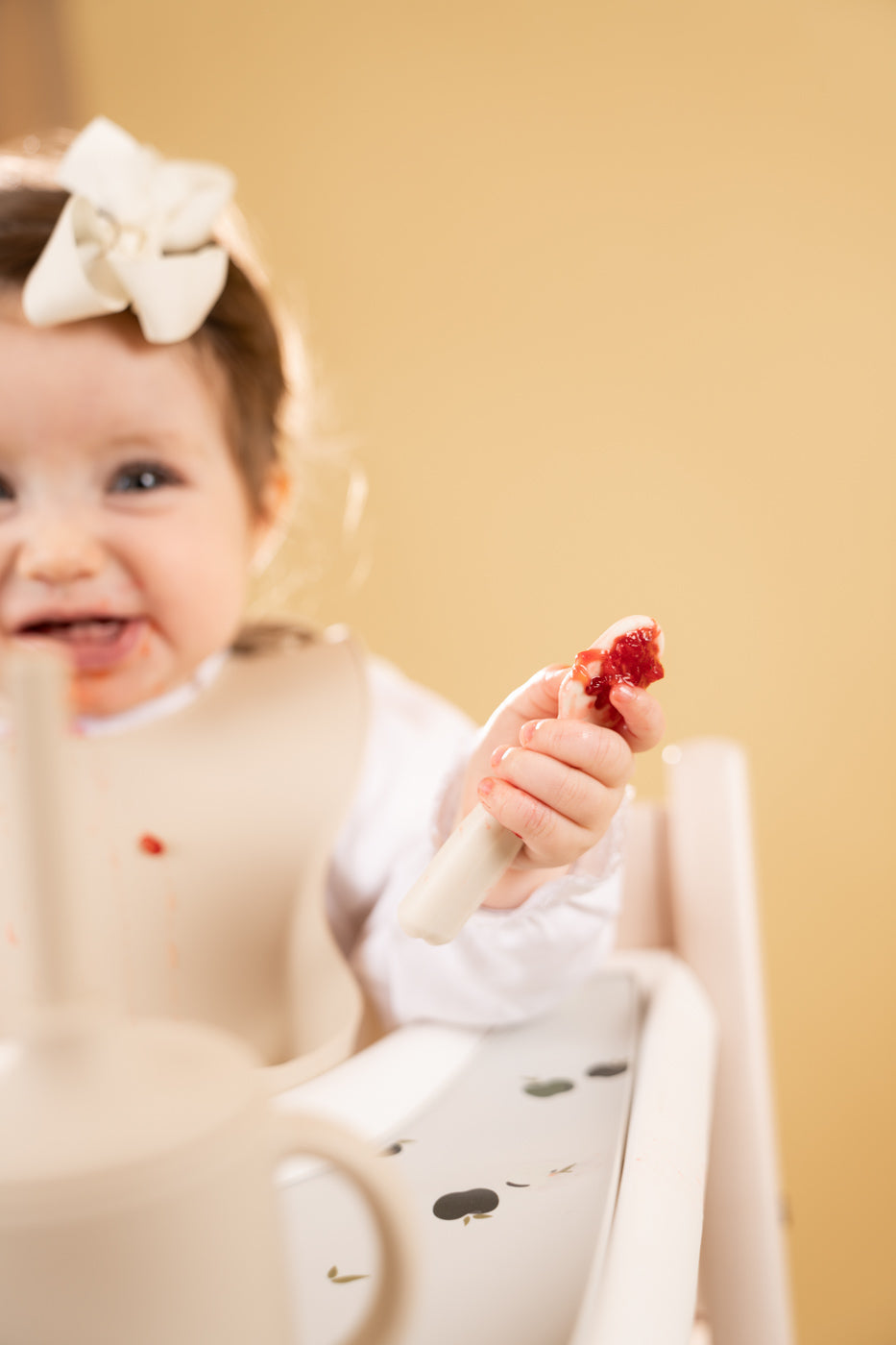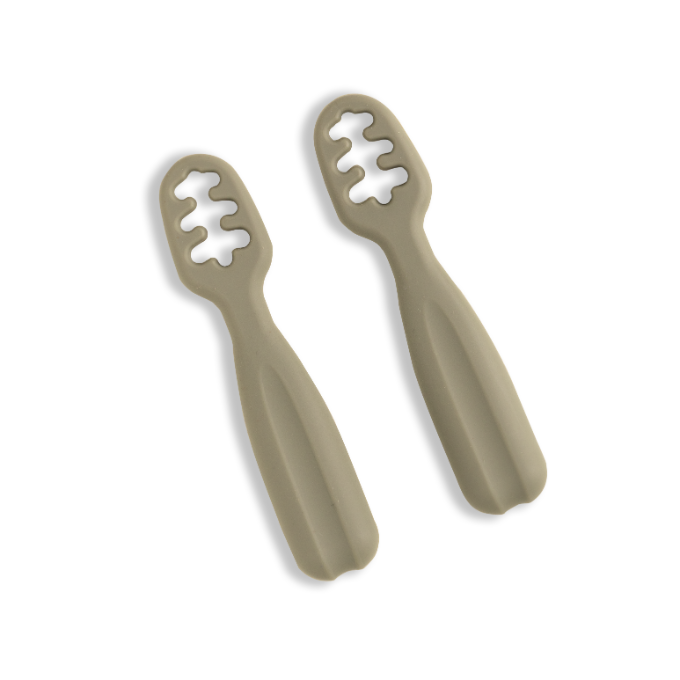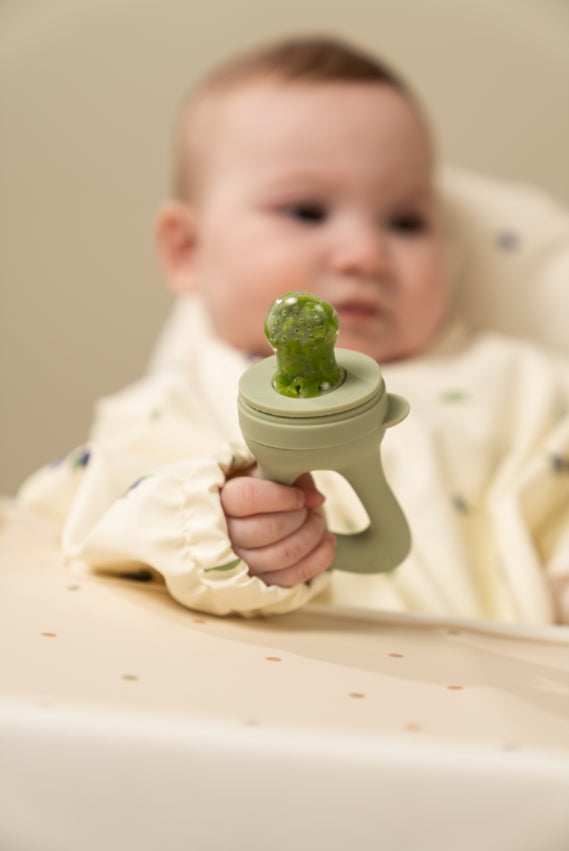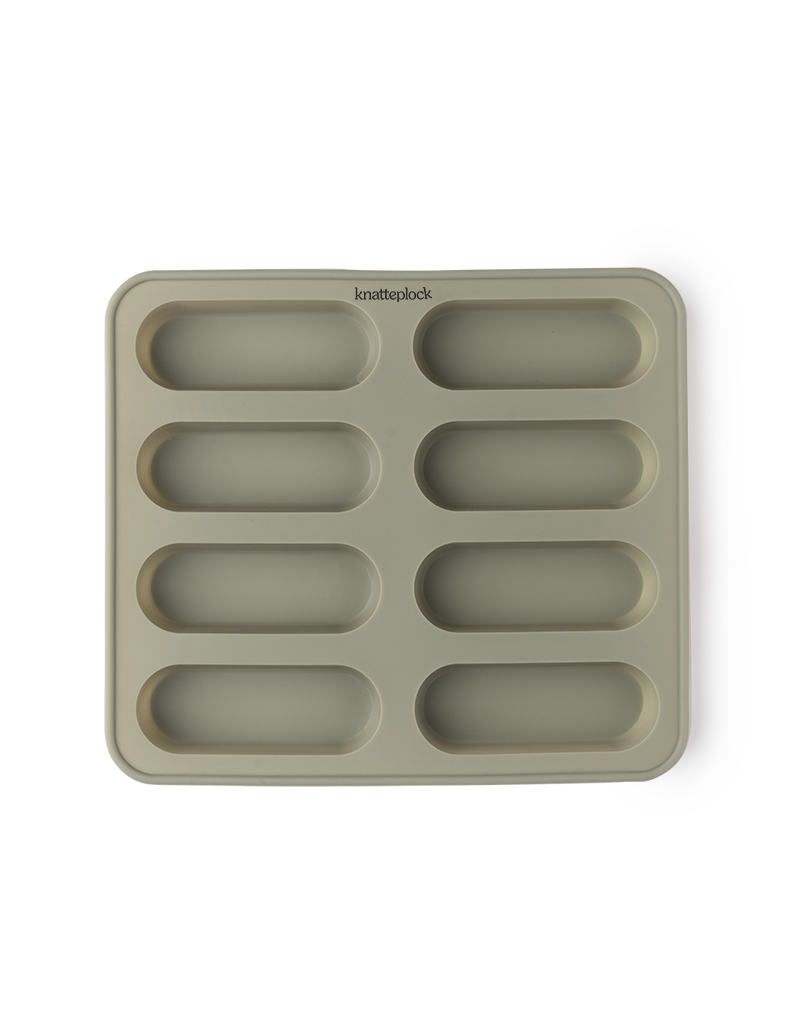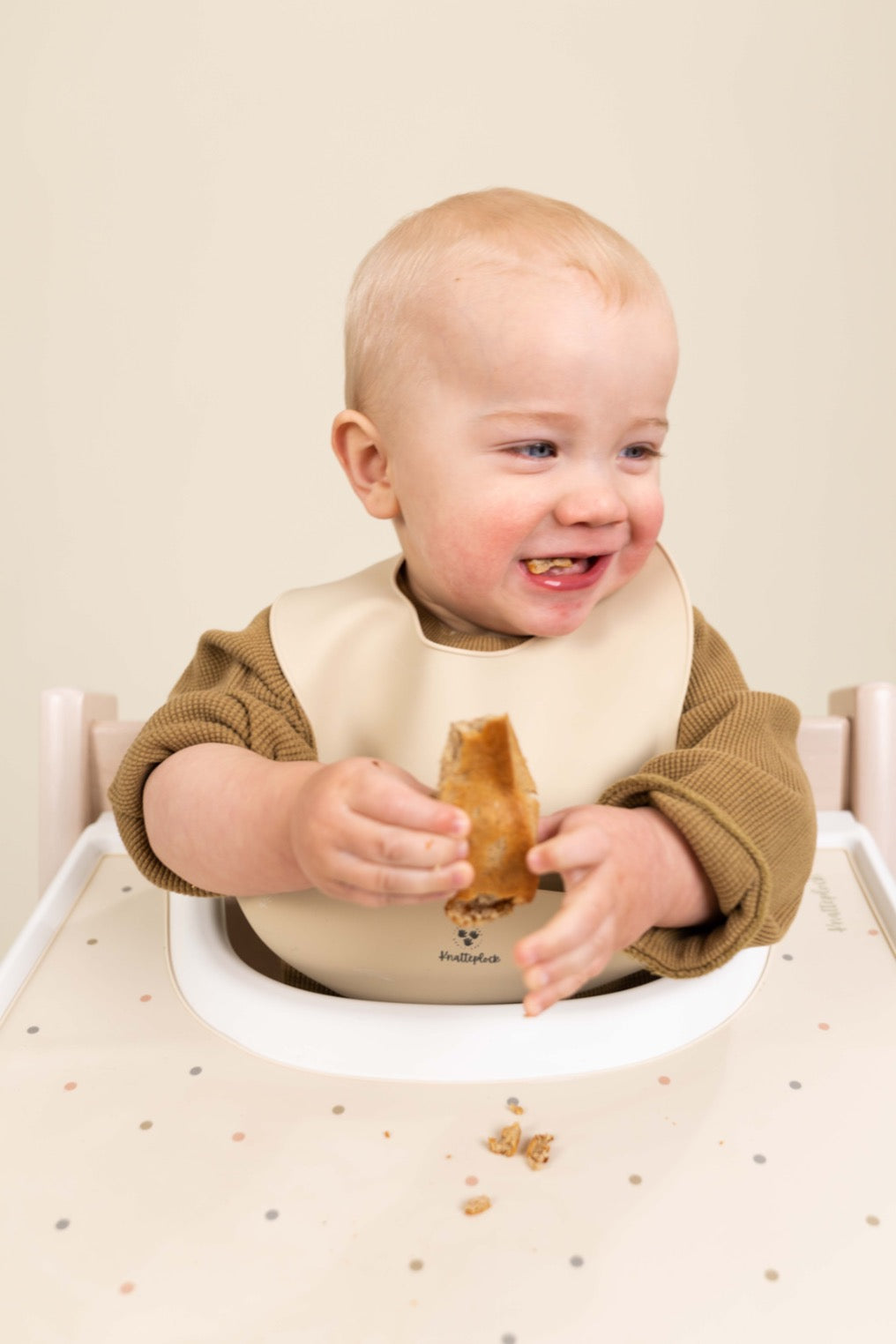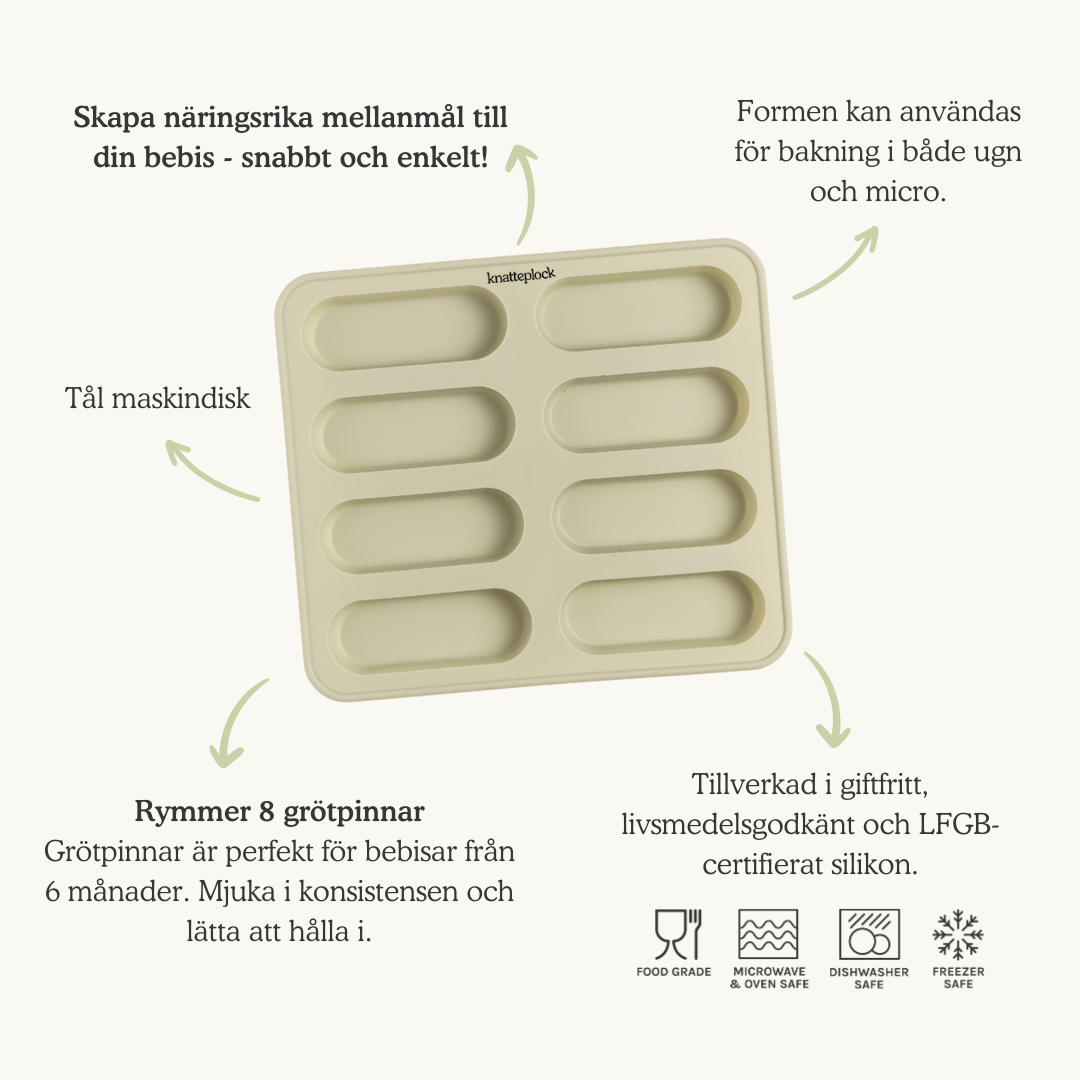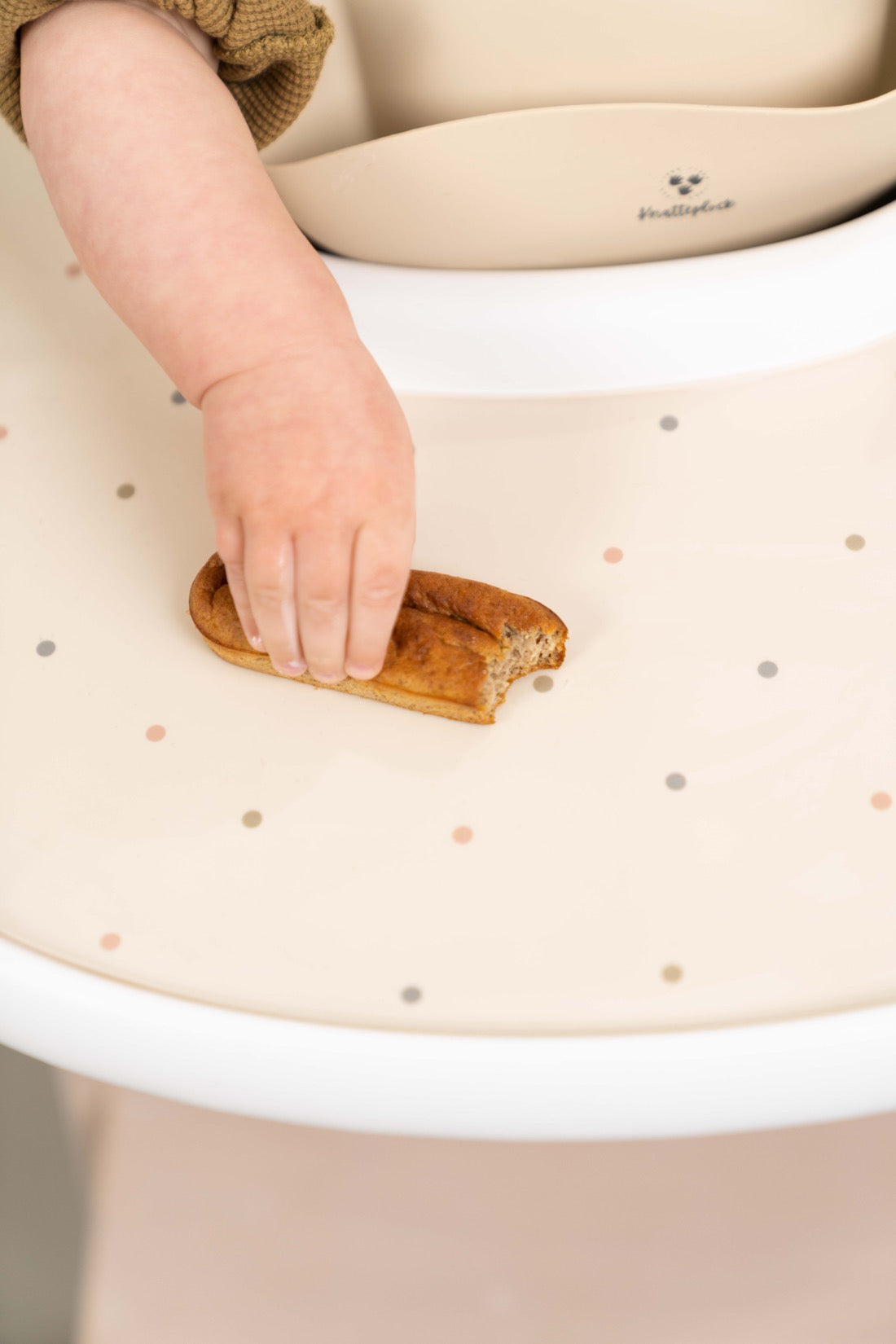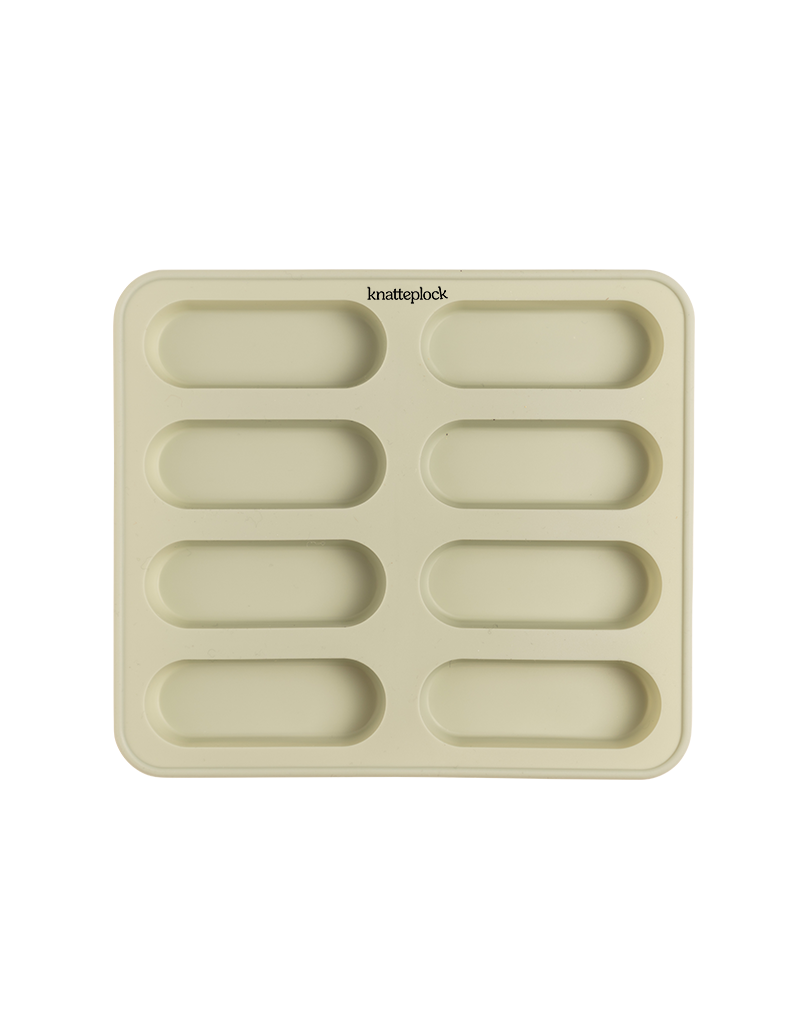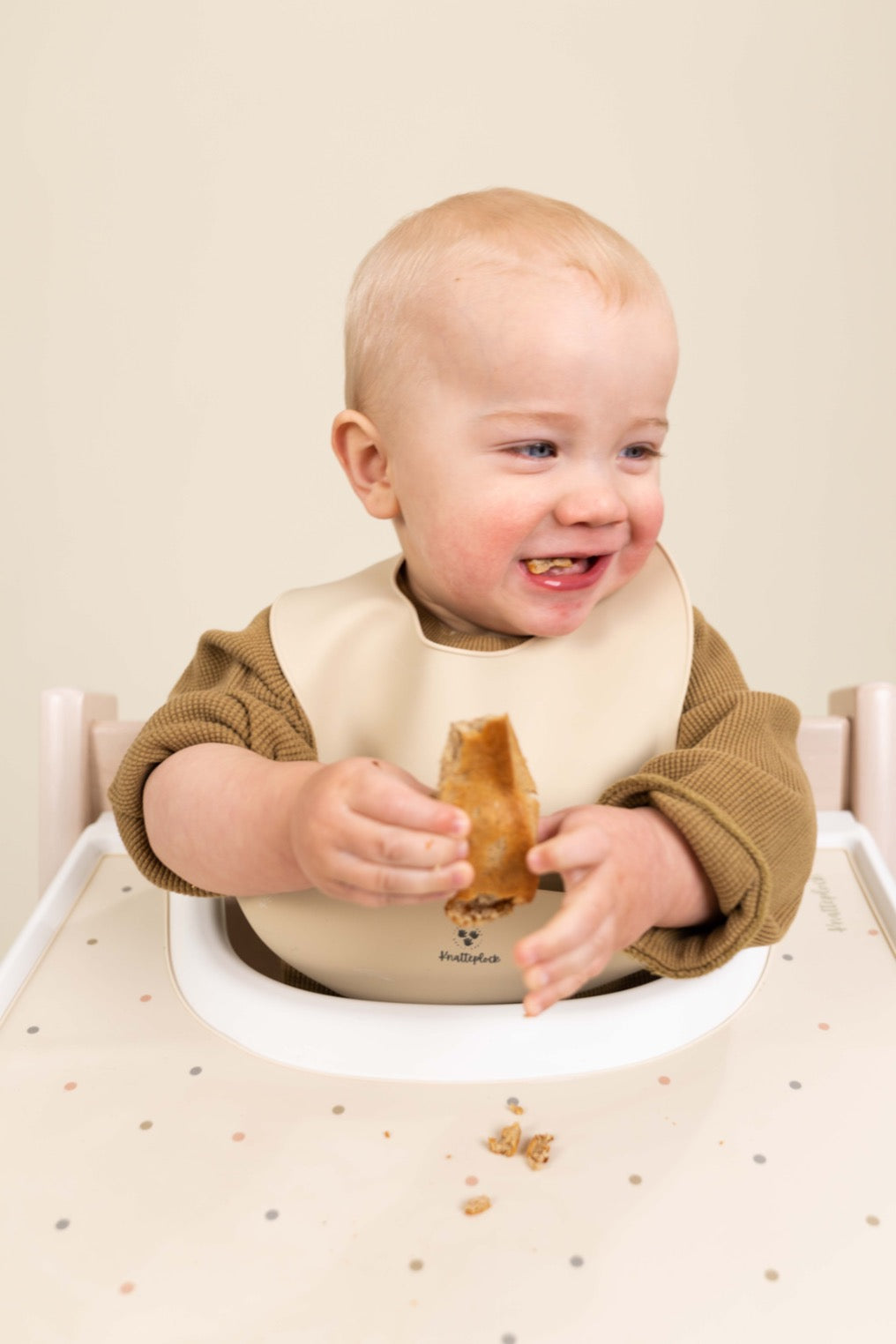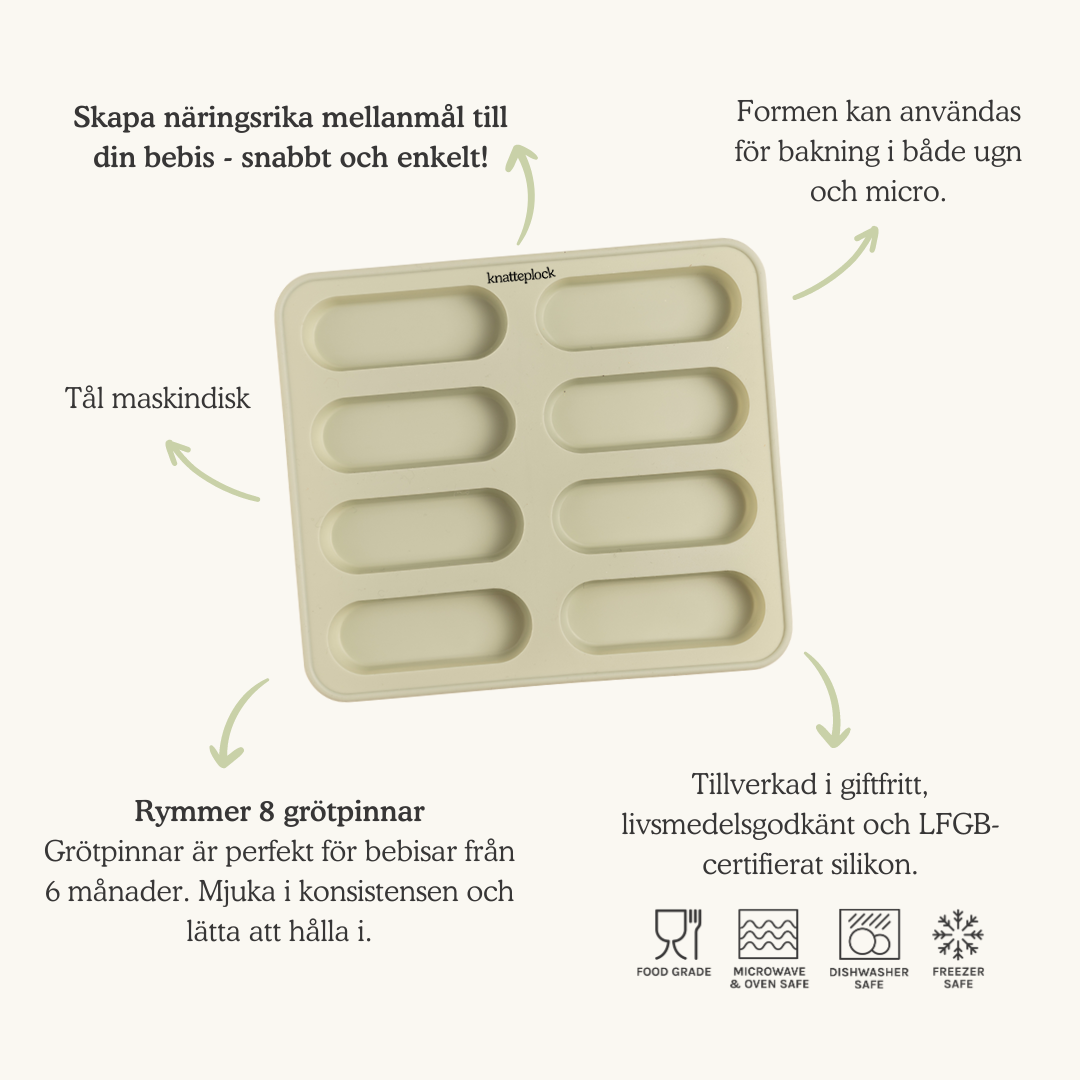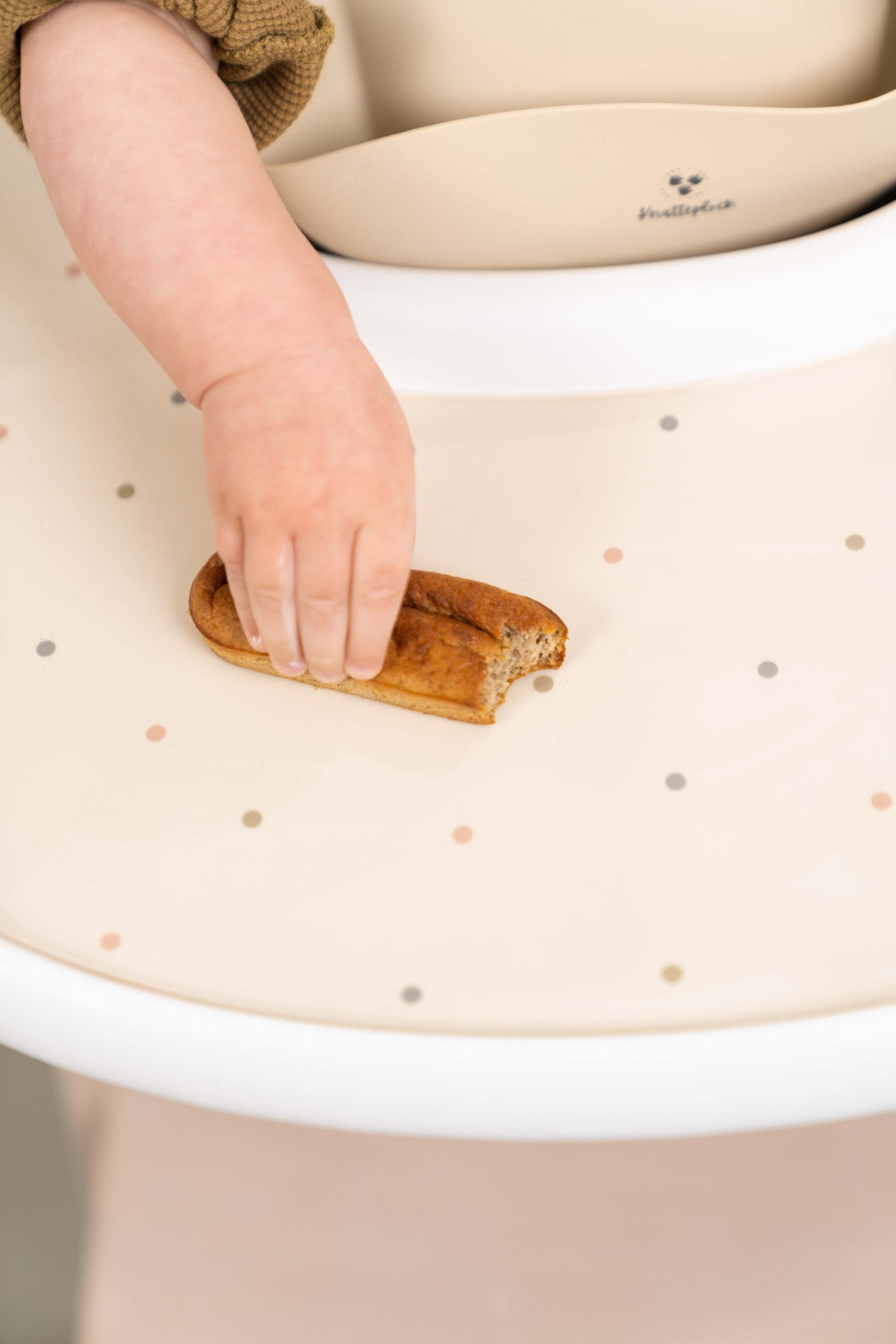A common question among parents of young children is when it is appropriate to introduce yogurt into their child's diet and what recommendations apply. Elin responds to Frequently asked questions about yogurt for little ones, from when it's safe to start to which types are best suited.

When can babies start eating yogurt?
According to the Swedish National Food Agency, it is recommended to wait with larger amounts of yogurt until the child is 1 year old. Milk as a drink should be avoided until the child is one year old. This is due to the risk that the baby will eat their fill of dairy products and then consume less of other nutritious and specifically iron-rich foods.
Is it okay to give yogurt to babies?
Yes, it is usually safe to introduce small amounts of yogurt to babies as they begin to explore. more regular foods, provided there are no known allergies or intolerances. However, it is important not to make yogurt the main food for children under 1 year of age and to balance the diet with other nutritious foods.
What type of yogurt is best for toddlers?
It is best to choose natural yogurt options without added sugar or sweeteners. For babies, it may be beneficial to choose a full-fat yogurt that sticks to the spoon more easily, but it is also good to explore lower-fat options.
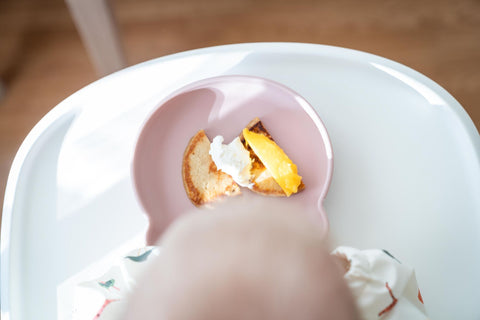
How can yogurt be included in a child's diet?
Yogurt should not be the main ingredient in a meal for children under 1 year old, but can be served as part of a balanced meal. It can be good to combine yogurt with other foods such as pancakes or fruit to increase the variety and nutritional value of the meal. Take the opportunity to top with something rich in iron - kCalcium can inhibit iron absorption (which is also one of the reasons why babies should not eat too much dairy products).
Yogurt - an important source of calcium
For children over 1 year of age, you can start serving both milk as a drink and larger amounts of dairy products. Yogurt and other dairy products are a good source of calcium, which is an important nutrient for building bones as the child grows.
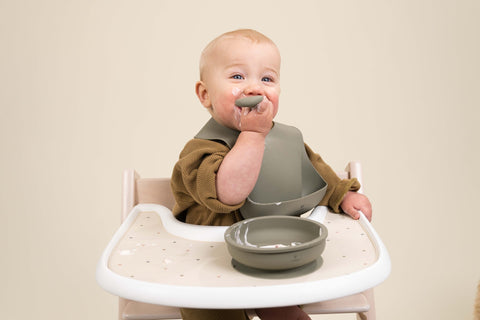
Follow recommendations and your child
Introducing yogurt into your child's diet is an exciting milestone, but it's important to do so in a balanced way. By following the recommendations from the Finnish Food Authority and keeping an eye on your child's individual needs, you can ensure that yogurt becomes a healthy part of their diet.
Vegan yogurt for kids
Vegan yogurt, often made from oat, soy, almond or coconut, can be a good option for children who can't eat dairy products. Try to choose products that are fortified with calcium, which is essential for a child's development and is mainly found in animal products.
In addition to ensuring that the vegan yogurt is fortified, you should also check the sugar content and avoid varieties with high added sugar. Vegan yogurt can be introduced in small amounts when your baby starts eating solid foods, and as with all yogurt, it is important that it does not become the main part of the meal for children under one year old.
Feel free to supplement with other calcium-rich foods such as kale and broccoli to ensure that the child gets enough nutrition.
Sources: The Swedish National Food Agency (Good food for infants, Good food for children 0-5 years)
National Handbook for Child Health Care (Breastfeeding & Nutrition)

//Elin Oresten
Licensed dietitian
More from Knatteplock:


